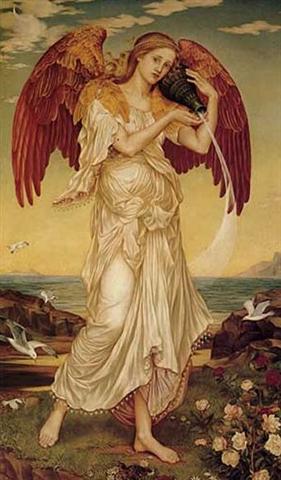 I guess this shows the young Sun in the east, his first rays somewhat like a pair of flames stretching upwards. At least it definitely gives the impression of being the Morning Sun just above the horizon. And because it is the first item in this ordered sequence of glyphs I presume it was intended to illustrate the sun at its first appearance, i.e. in the east. Furthermore Metoro said ero. I can't find that word but it looks suspiciously close to: hiero = "to shine, to appear (of the rays of the sun just before sunrise). He hiero te raŠ, dawn breaks." (Vanaga) As for Metoro's preceding word ka: ka = "particle of the affirmative imperative, of cardinal numerals, of independent ordinal numerals, and of emphatic exclamation, e.g. ka-maitaki! how nice!" But then ka might also be kŠ: kŠ = "to light a fire in order to cook in the earth oven (see umu): he-kŠ i te umu, he-kŠ i te kai." In my Polynesian dictionary I have created a list of some of Metoro's frequent words. Furthermore, I have also listed all his words in parallel with every glyph on the tablets he read for Bishop Jaussen on Tahiti. By using these search facilities we can first establish that his ero has not been listed by me, but by searching through all his words when he read the A tablet we can find one more instance:
Then we should search for ero also in the B, C, and E texts. But Metoro never said ero when reading the B and E texts. However in the C text we will find one instance:
Vai means water, we know, and the little word hia is essential for us, because eventually I did find out that it should probably be translated as 'Count here!'
We could for instance count 593 (Cb9-1) - 273 (September 30) = 320 = 392 (side a) + 348 (side b) - 420..
|
|||||||||||||||||||||||||||||||||||||||||||||||||||||||||||||||||||||||||||||||||||||||||||||||||||||||||||||||||||||||||||||||||||||||||||||||||||||||||||

